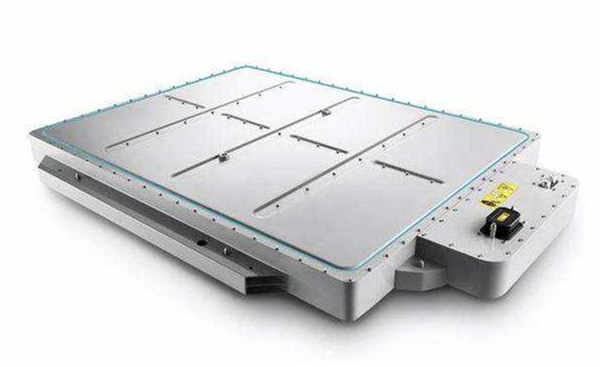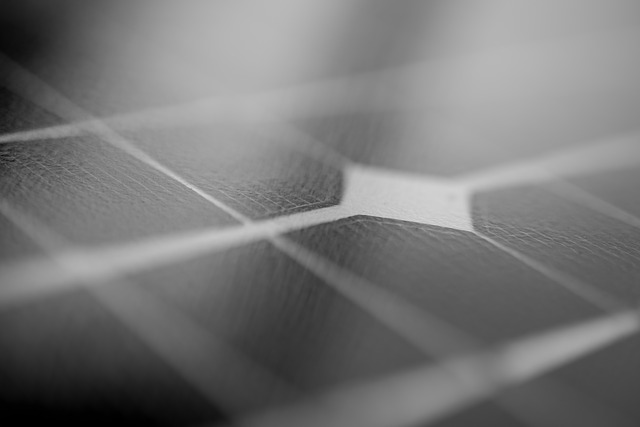Polymer Electrolyte Lithium Ion Battery
Oct 26, 2019 Pageview:932
Polymer electrolytes are one of the major components which are used for most of the energy storage or conversion related devices. The polymer electrolyte system basically consists of a liquid gel along with a solid polymer electrolyte. The uses of polymer electrolytes have been able for catching the interest of the next generation batteries of lithium ion and with higher density and safety protocols. This type of battery consists of a semi solid gel with higher level of conductivity of polymers from such type of electrolyte which are capable for providing significantly higher amount of energy than any other type of lithium batteries. Search type of battery also solved one of the major issues for mobile devices which is the heavy weight. Which type of battery is quite lightweight and mostly recommended and capable for being used in the lightweight and small mobile devices.
Polymer battery cells basically follow the history of the research of lithium ion and some of the lithium metal cell, which was quite of an extensive research during the 1980 and also which has the ability for reaching a significant milestone with the very first commercial lithium ion cell back in 1991 by the famous company Sony.
Structural design of polymer electrolyte lithium ion battery
This type of battery cells have been basically developed from the technology of lithium metal and lithium ion batteries. The very basic difference from the prior one is that, rather than using a traditional liquid lithium salt electrolyte, which was basically held as one of the organic solvent for the battery; this type of battery basically used as a polymer electrolyte of solid platform. This type of solid polymer electrolyte basically includes ethylene oxide, methyl methacrylate, acrylonitrile.
Technology for solid electrolyte is basically classified for three separate styles which include dry version and gel version and Taurus version. The dry version of solid polymer electrolyte was used for the first time in the prototype battery is around the year 1978, later on in 1985 in France and cubic of Canada.
Solid state lithium ion batteries are composed with the polymer electrolyte with the typical mixture of nano filter with ceramic bases and other type of electronic materials. The conventional composites that are in the current practice are suffering from the very basic forces of nano filter technology in the high weight ratio. The step for preparing the battery starts with making and properly preparing all of the existing electrodes. Electrodes such as anode and cathode are basically prepared separately from one each other in also different rooms which allows the insurance for absolutely no contamination. After preparing the electrodes at different rules and in different environments, they are attached with each other with a membrane between them. The layers of the electrodes and the membrane are folded by a machine and given a compact size. After which the polymer electrolyte is inserted into the overall battery cell. The process of the electrolyte insertion must be put under the suitable temperature and humidity. Otherwise the security and the longevity of the battery is not going to hold for long.
Development of polymer electrolyte lithium ion battery
Ever since the discovery of electricity the proper design for mobile devices are quite comprehensive in the technological market. Every manufacturer is trying to produce the best and the top of the line quality mobile devices for the customers. From personal phones too many other home using appliances, everything is becoming more and more compact and less space consuming along with the higher amount of movability. With this purpose in mind the invention of lithium polymer electrolyte battery was done. Back in the late 70s, Sony introduced the first ever lithium ion battery which was capable of holding comparatively more power than any other existing unit in the market. After that the continuous arise and the development of the lithium ion batteries has been on a constant level. Back in the late 90s several organizations in the United States and Japan have developed several types of battery that used gel based solid polymer electrolyte. And from then the different type of users for polymer electrolyte in lithium ion batteries have become more of a tradition due to the higher amount of performance and longevity.
Technology of polymer electrolyte lithium ion battery
A polymer electrolyte lithium ion battery works on some simple process. First of all the positive current collector receives the electrons from the external circuit when the battery is being charged. Negative current collector receives the electron from the circuit when the battery is charging from the positive current collector. After which the cathode inside the battery stores all of the lithium and release is smaller amount of lithium ion into the total composite when the battery is in the charging process. The electrolyte inside the battery in this case the polymer electrolyte works as the media or the transport of the lithium ion. The separator inside the battery basical allows the lithium ion to flow from the anode to the cathode and from the cathode to anode. The work of the separator is basically prohibiting the electrons flowing from one page to another inside structure. The work of the angry Bird is that it basically stores the amount of lithium that are inside the battery and discharge the lithium ion when the battery is discharging. When the battery is Bing discharge and it is providing and electric current from the positive pole to the negative pole basically releases the lithium ion towards the cathode which generates a proper flow of the electrons from one side of the battery to another.
- Prev Article: Storing Lithium-ion Batteries Safely
- Next Article: Best 18650 Battery Tester Introduction
Leave Message
Hottest Categories
-
Hottest Industry News
-
Latest Industry News











